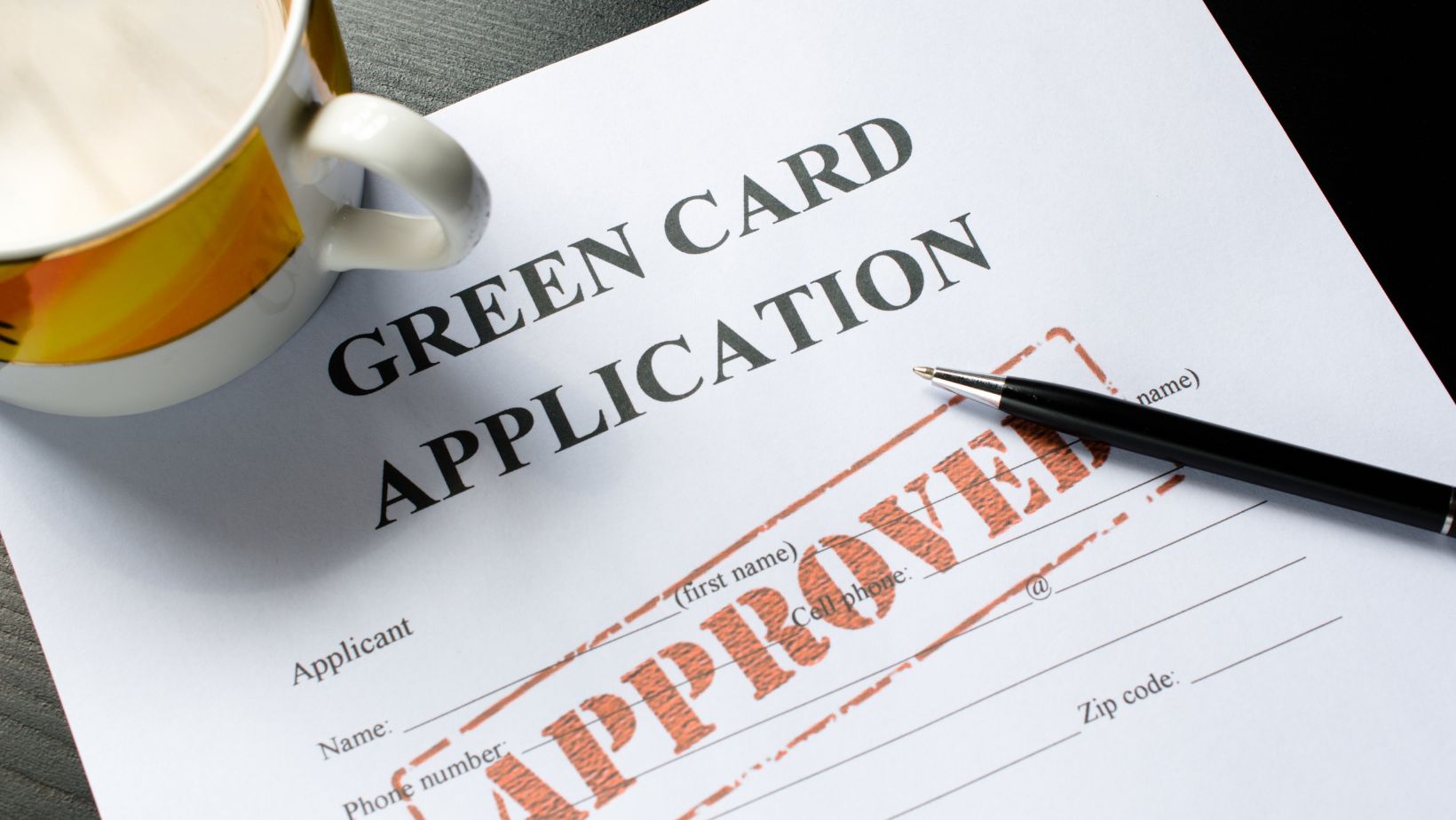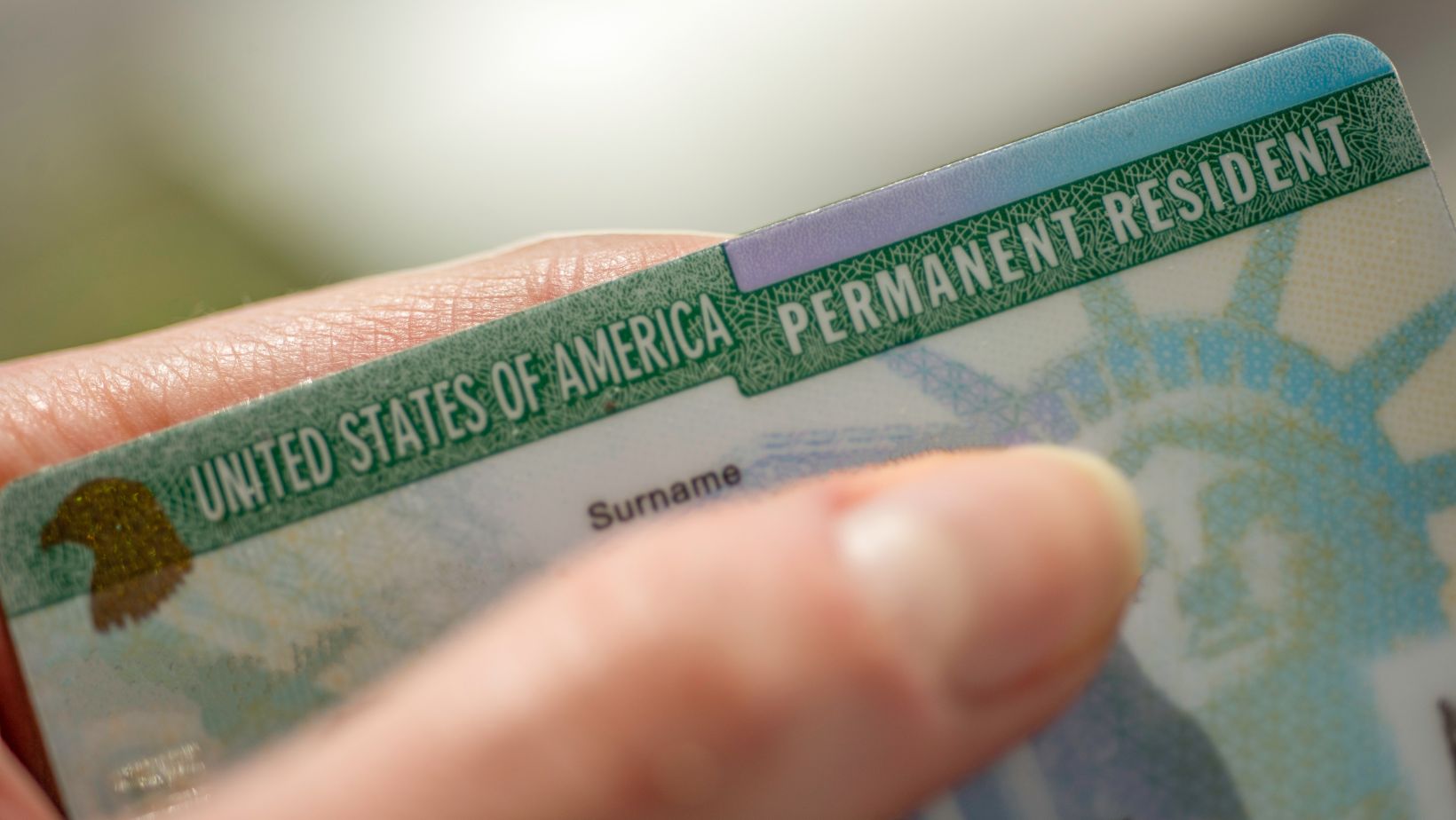The United States, with its rich history of immigration, has always been a land of opportunity for those seeking a better life. For many, obtaining a green card is a pivotal step toward realizing their American dream. A green card, officially known as a Permanent Resident Card, grants foreign nationals the privilege of living and working in the United States indefinitely. However, obtaining this coveted document is not as simple as it may seem. Prospective green card holders must navigate a complex immigration system, including a critical hurdle known as the Green Card Test.
Table of Contents
What is a Green Card?
A green card is a document issued by the U.S. government to foreign nationals, granting them legal permanent residency status in the United States. It provides individuals with many of the same rights and privileges as U.S. citizens, including the ability to live and work in the country without restrictions. Green card holders can also sponsor certain family members for their own green cards, making it a vital tool for family reunification. Additionally, green card holders have access to various government benefits, such as Social Security and Medicare, and the opportunity to apply for U.S. citizenship.
The Importance of the Green Card Test
The Green Card Test, often referred to as the “public charge” test, is a fundamental step in the green card application process. This test evaluates an applicant’s likelihood of becoming dependent on the U.S. government for financial support. To pass the test, applicants must demonstrate that they are self-sufficient and unlikely to rely on public benefits. Failing the test can result in a denial of the green card application.

Understanding the intricacies of the Green Card Test is crucial for prospective applicants to ensure their eligibility and avoid potential pitfalls in the immigration journey.
Factors Considered in the Green Card Test
Several factors are considered during the Green Card Test, including an applicant’s age, health, income, assets, and education. Immigration authorities aim to assess whether the applicant can support themselves and their dependents without becoming a burden on public resources. It’s important to note that the rules surrounding the Green Card Test have evolved over time, and understanding the current requirements is essential for a successful application.
Changes in Green Card Policies
The Green Card Test has undergone significant changes over the years, with various administrations adjusting the criteria and regulations. Under the Trump administration, for instance, stricter public charge rules were proposed but later blocked by the courts. The Biden administration, in contrast, introduced more lenient policies that prioritize family reunification. Staying up-to-date with these policy shifts is critical for prospective green card applicants, as they can significantly impact their chances of success.
Seeking Guidance and Resources
Navigating the Green Card Test and the broader green card application process can be challenging. Fortunately, there are numerous resources available to assist applicants, such as immigration attorneys, non-profit organizations, and government websites.

Seeking professional guidance can help prospective green card holders understand the intricacies of the Green Card Test and ensure they meet the eligibility requirements.
Navigating the Green Card Process with Patience
Patience is a virtue that should not be underestimated in the pursuit of a green card. One aspect where patience is especially crucial is the I-130 processing time, which is the duration it takes for the U.S. Citizenship and Immigration Services (USCIS) to approve the family sponsorship petition. The I-130 form is a crucial step in the green card application process, as it establishes the relationship between the sponsor (usually a U.S. citizen or green card holder) and the beneficiary (the family member seeking a green card). The i-130 processing time can vary based on factors such as the applicant’s relationship to the sponsor and the USCIS workload. Being prepared for potential delays and managing expectations is an essential part of the green card journey, as it can help applicants endure the wait and remain focused on their ultimate goal of obtaining permanent residency in the United States.
Conclusion
Obtaining a green card is a significant milestone on the path to permanent residency in the United States. The Green Card Test, though challenging, is a crucial step in this process. Understanding what it entails, the factors considered, and the evolving policies is vital for any prospective green card applicant. By staying informed and seeking appropriate guidance, individuals can navigate the immigration system successfully and work towards achieving their American dream of becoming lawful permanent residents of the United States.
Brian, the dedicated Editor and Education Enthusiast at Faspe, is a dynamic force breathing life into the realm of education. Grounded in pedagogical expertise and fueled by boundless passion, Brian enriches the team with extensive experience, curating resources that inspire educators and students alike. His unshakable faith in the transformative power of education propels individuals to reach for the stars on their educational journey.






